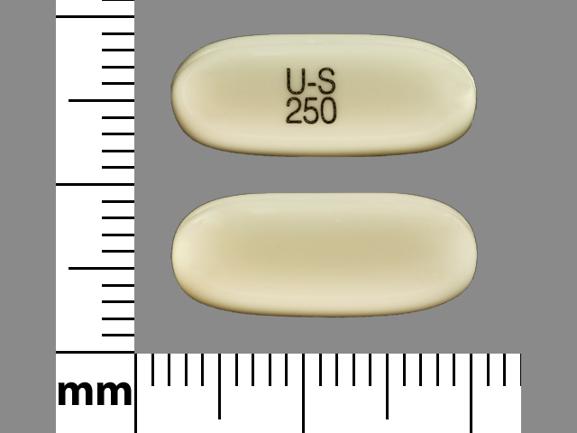Valproic acid Interactions
There are 427 drugs known to interact with valproic acid, along with 8 disease interactions, and 1 alcohol/food interaction. Of the total drug interactions, 24 are major, 379 are moderate, and 24 are minor.
- View all 427 medications that may interact with valproic acid
- View valproic acid alcohol/food interactions (1)
- View valproic acid disease interactions (8)
Most frequently checked interactions
View interaction reports for valproic acid and the medicines listed below.
- Abilify (aripiprazole)
- Aspirin Low Strength (aspirin)
- Ativan (lorazepam)
- Benadryl (diphenhydramine)
- Cymbalta (duloxetine)
- Fish Oil (omega-3 polyunsaturated fatty acids)
- Keppra (levetiracetam)
- Klonopin (clonazepam)
- Lamictal (lamotrigine)
- Lasix (furosemide)
- Lexapro (escitalopram)
- Lithium Carbonate ER (lithium)
- Lyrica (pregabalin)
- MiraLAX (polyethylene glycol 3350)
- Nexium (esomeprazole)
- Paracetamol (acetaminophen)
- Prozac (fluoxetine)
- Seroquel (quetiapine)
- Symbicort (budesonide / formoterol)
- Synthroid (levothyroxine)
- Topamax (topiramate)
- Tylenol (acetaminophen)
- Valium (diazepam)
- Ventolin (albuterol)
- Vitamin B12 (cyanocobalamin)
- Vitamin C (ascorbic acid)
- Vitamin D3 (cholecalciferol)
- Zofran (ondansetron)
- Zoloft (sertraline)
- Zyrtec (cetirizine)
Valproic acid alcohol/food interactions
There is 1 alcohol/food interaction with valproic acid.
Valproic acid disease interactions
There are 8 disease interactions with valproic acid which include:
- depression
- liver disease
- urea cycle disorders
- suicidal tendency
- HIV/CMV
- thrombocytopenia
- thyroid function tests
- urine ketone test
More about valproic acid
- valproic acid consumer information
- Compare alternatives
- Pricing & coupons
- Reviews (65)
- Drug images
- Side effects
- Dosage information
- During pregnancy
- Drug class: fatty acid derivative anticonvulsants
- Breastfeeding
- En español
Related treatment guides
Drug Interaction Classification
| Highly clinically significant. Avoid combinations; the risk of the interaction outweighs the benefit. | |
| Moderately clinically significant. Usually avoid combinations; use it only under special circumstances. | |
| Minimally clinically significant. Minimize risk; assess risk and consider an alternative drug, take steps to circumvent the interaction risk and/or institute a monitoring plan. | |
| No interaction information available. |
See also:
Further information
Always consult your healthcare provider to ensure the information displayed on this page applies to your personal circumstances.


